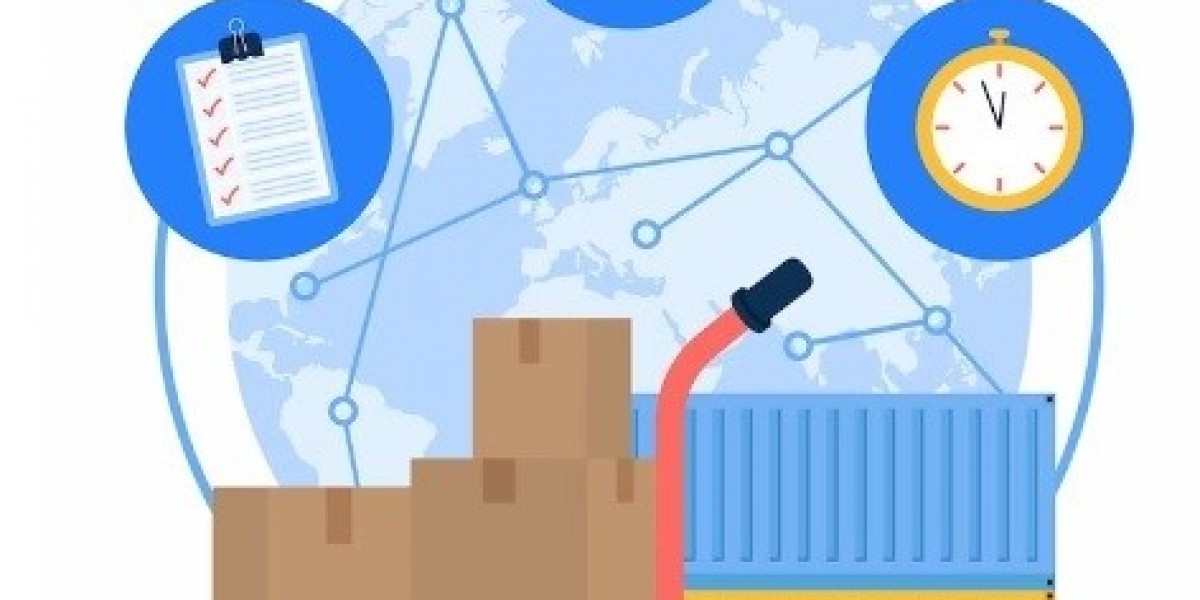Teaching kids about money is a critical life skill that sets them up for financial success in the future. With the rise of digital finance tools, parents now have an engaging way to introduce financial literacy through budgeting apps. Using a personal finance tracker app can help children grasp the concepts of saving, spending, and financial responsibility in a fun and interactive manner.
Why Teaching Kids About Money Matters
Financial literacy is a crucial skill that can prevent future money-related stress. Studies show that children who learn about money management early in life are more likely to develop healthy financial habits as adults. Some benefits include:
Better decision-making when it comes to spending and saving
Understanding the value of money and how it works
Developing long-term financial planning skills
Avoiding debt and financial mismanagement later in life
The Role of Technology in Financial Education
Technology has made it easier than ever to introduce financial concepts to children. With budgeting apps, kids can learn by doing, rather than just listening to lectures about money. Digital finance tools provide a hands-on experience that fosters engagement and long-term retention of financial lessons.
Choosing the Right Personal Finance Tracker App for Kids
There are numerous budgeting apps designed for children and families. The best personal finance tracker app should be:
User-friendly: Easy for kids to navigate
Educational: Incorporates financial lessons
Engaging: Uses gamification to keep kids interested
Parental Controls: Allows parents to oversee transactions and set spending limits
Popular Budgeting Apps for Kids
Greenlight – A debit card and app that teaches kids how to budget, save, and invest.
GoHenry – A financial education app that includes a prepaid debit card for kids.
BusyKid – Allows children to manage allowance and earnings through chores.
FamZoo – A virtual family bank that teaches children financial responsibility.
PiggyBot – Helps kids track their allowance and set financial goals.
How to Use a Budgeting App to Teach Financial Literacy
1. Start with the Basics: Earning Money
Children need to understand where money comes from before they learn how to manage it. A personal finance tracker app can help them track their earnings from chores, allowances, or small jobs. Encourage kids to:
Set up a list of tasks they can do to earn money
Record their earnings within the app
Differentiate between active income (chores, part-time jobs) and passive income (interest, savings growth)
2. Teach Smart Spending Habits
Once kids start earning, the next step is teaching them how to spend wisely. Budgeting apps allow children to categorize their expenses and track where their money goes. Key lessons include:
Needs vs. Wants: Help children understand the difference between essential expenses (food, school supplies) and discretionary spending (toys, entertainment).
Setting Spending Limits: Show kids how to allocate money for different categories within the app.
Avoiding Impulse Purchases: Encourage them to take time before making a purchase decision.
3. Introduce the Concept of Saving
A fundamental part of financial literacy is learning how to save. Budgeting apps often allow kids to set savings goals, making the process interactive. Teach kids to:
Set a goal: Whether it’s a new toy, gadget, or a long-term investment, having a specific savings goal keeps them motivated.
Use automated savings: Some apps enable automatic transfers to savings accounts, making it easier to build a habit.
Watch their savings grow: Seeing progress within the app helps children stay committed to their goals.
4. Teach the Value of Giving
Financial responsibility isn’t just about spending and saving—it’s also about generosity. Encourage kids to allocate a portion of their money for charitable donations. Many personal finance tracker apps have a feature that lets children set aside funds for donations to their favorite causes.
5. Introduce Budgeting and Planning
Budgeting is one of the most important financial skills. Teach kids how to:
Create a simple budget within the app
Allocate money into different spending and saving categories
Adjust their budget based on income and expenses
Using real-life examples, such as planning a birthday party or saving for a video game, can make budgeting feel more practical and engaging.
6. Track Progress and Adjust Financial Goals
Regularly reviewing their financial progress helps kids stay on track. Use the app’s tracking features to:
Monitor spending habits
Adjust savings goals as needed
Celebrate achievements to reinforce positive financial behaviors
Parental Involvement: Making Money Lessons Effective
While budgeting apps are a great tool, parental guidance is essential in reinforcing financial lessons. Here’s how parents can stay involved:
Lead by Example: Show kids how you manage your own budget using a personal finance tracker app.
Discuss Finances Openly: Have regular family discussions about money to normalize financial planning.
Set Financial Challenges: Encourage kids to save a certain amount within a time frame and reward them for reaching their goals.
Monitor App Activity: Regularly check the app to ensure they are making wise financial decisions.
The Long-Term Benefits of Teaching Kids Financial Literacy
Introducing children to financial concepts through budgeting apps has lasting benefits, including:
Better Money Management Skills: Helps children grow into financially responsible adults.
Reduced Financial Stress: Kids who understand money management are less likely to struggle with financial difficulties in adulthood.
Confidence in Handling Money: Teaching kids early instills confidence in managing finances independently.
Entrepreneurial Mindset: Understanding budgeting can inspire kids to explore ways to earn and grow money.
Conclusion
Teaching kids about money doesn’t have to be boring or complicated. Using a personal finance tracker app makes financial education engaging, interactive, and practical. By incorporating budgeting apps into daily life, parents can equip their children with essential money management skills that will benefit them for a lifetime. With the right tools and parental guidance, kids can develop smart financial habits that will serve them well into adulthood.









